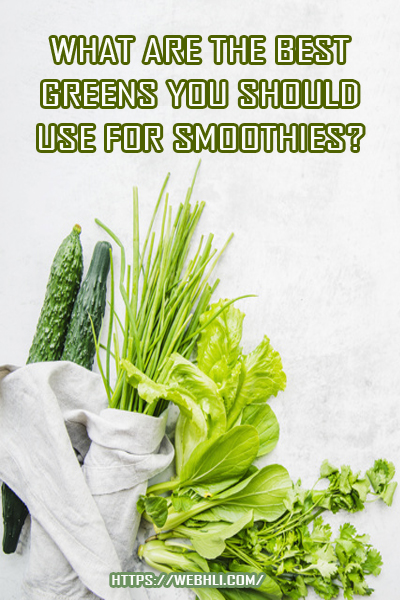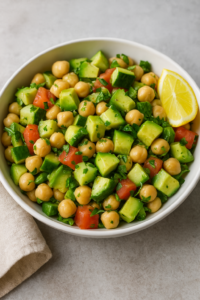Not all green vegetables and fruits are created equal. When making a green smoothie, it’s best to use vegetables that have the most nutrients to pack a punch. I mean, You want to get the best benefits from your smoothies.
Let’s look at some of the best greens (in no particular order) that you can use to whip up those awesome smoothies.
Spinach
Yup! Popeye was right. This truly is a fantastic green that is full of goodness. It is low in calories yet contains protein, iron, vitamins and minerals.
Spinach has been shown to lower the risk of cancer, strengthens bones, reduces the risk of asthma and other infections, lowers blood pressure and aids in glucose control for diabetics.
Kale
Similar to spinach, kale is splendid for nourishing the body. In fact, kale contains more nutrients than spinach. It maintains healthy skin, strong bones, improves digestion and prevents the onset of many health problems.
Broccoli
Broccoli is a cruciferous vegetable. It is fantastic for combating the effects of a poor diet. Our diets are rich in omega-6 fatty acids and this has thrown the balance of omega-3 and omega-6 fatty acids out of whack.
Our foods have become packed with estrogen, resulting in more men suffering from gynecomastia and other issues. Broccoli mitigates the negative effects of estrogen.
It’s also rich in fiber and sulforaphane. This sulphur compound prevents cancers such as lung and colon cancer. Broccoli is definitely a vegetable that you should include in your smoothies often.
It does have a strong taste. So, start by using small amounts till you develop an acquired taste for it and are able to drink it without forcing yourself to.
Collards
Collards are rich in vitamin K that promotes good bone health. They reduce the risks of developing colorectal, prostate and lung cancer. They also help diabetes sufferers maintain a stable blood glucose level.
An additional benefit of collard greens is that they contain choline. Choline helps with learning, memory, muscle movement and also promotes good sleep. Something which many people sorely need.
Cabbage
Cabbage is extremely low in calories but is high in fiber, protein, vitamin C and antioxidants. One cup of cabbage contains almost 50% of the average adult’s daily vitamin C requirements.
It also contains manganese, potassium, calcium, folate, thiamine and vitamin B6. Antioxidants such as beta-carotene, lutein, etc. can also be found in cabbage.
You can reduce the risks of getting cancer, enhance your immunity, prevent cardiovascular disease and improve digestion by consuming cabbage.
Celery
Just like the vegetables mentioned earlier, celery is rich in antioxidants, fiber, vitamins and minerals. It can prevent cancer and helps to lower one’s blood pressure. One point to note is that some people are severely allergic to celery. Make sure you are not allergic to celery before consuming it.
Dandelion Greens
Rich in vitamin C, iron, vitamin B6 and potassium. Also contains copper, folate, thiamine and phosphorous. Helps to good heart health and stabilise blood pressure levels.
Wheatgrass
An excellent vegetable that is rich in many vitamins and nutrients. Prevents a whole host of health problems and also has healing properties.
Lettuce
Fantastic for helping with weight loss. It is low in calories and reduces appetite. It contains many beneficial vitamins such as potassium, biotin, copper, calcium, panthothenic acid, chromium and magnesium.




 Protected by Patchstack
Protected by Patchstack